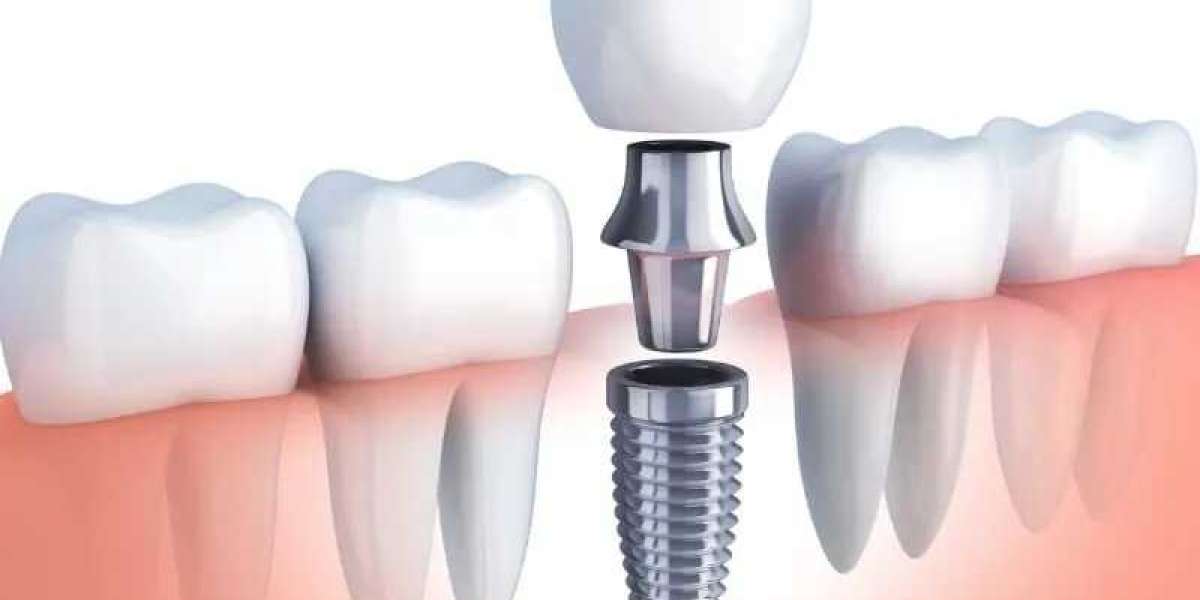Porcelain bridges are a versatile dental restoration that provides an effective solution for replacing missing teeth, restoring both function and aesthetics to the smile. This comprehensive guide explores the benefits, procedure, and considerations associated with porcelain bridges, empowering individuals to make informed decisions about their dental health.
1. Understanding Porcelain Bridges:
- Purpose and Function: Porcelain bridges are prosthetic devices designed to replace one or more missing teeth by bridging the gap between adjacent teeth.
- Components: A typical porcelain bridge consists of two crowns (abutments) placed on the adjacent teeth and Tooth Extractions and Preservation one or more artificial teeth (pontics) that fill the gap between them.
- Materials: Porcelain bridges are crafted from high-quality dental porcelain, which closely resembles natural tooth enamel in color, translucency, and texture, providing a seamless and lifelike appearance.
2. Benefits of Porcelain Bridges:
- Restored Function: Bridges restore the ability to chew, bite, and Tooth Extractions speak properly, preventing issues such as difficulty eating and speech impediments associated with missing teeth.
- Improved Aesthetics: Porcelain bridges blend seamlessly with natural teeth, enhancing the smile's appearance and boosting confidence.
- Preserved Facial Structure: By filling the gap left by missing teeth, bridges help maintain the integrity of the facial structure, preventing issues such as shifting of adjacent teeth and Oral Surgery jawbone deterioration.
3. Porcelain Bridge Procedure:
- Consultation and Evaluation: During the initial consultation, the dentist evaluates the patient's oral health, discusses treatment options, and develops a personalized treatment plan.
- Preparation: The abutment teeth are prepared by removing a small amount of enamel to accommodate the crowns. Impressions of the prepared teeth are then taken to fabricate the Root Canals custom bridge.
- Temporary Bridge: A temporary bridge may be placed to protect the exposed teeth and maintain function while the permanent bridge is being fabricated.
- Placement: Once the permanent bridge is ready, it is bonded into place using dental cement, creating a secure and durable restoration that blends seamlessly with the natural teeth.
4. Caring for Porcelain Bridges:
- Routine Oral Hygiene: Proper oral hygiene practices, including brushing, flossing, and Bone Grafting regular dental check-ups, are essential for maintaining the health and longevity of porcelain bridges.
- Avoidance of Hard Foods: Patients should avoid biting down on hard or sticky foods that could potentially damage the bridge or dislodge it from the abutment teeth.
- Regular Dental Visits: Routine dental visits allow the dentist to monitor the condition of the bridge, address any issues promptly, and ensure optimal oral health Oral Appliances.
5. Considerations and Alternatives:
- Bridge vs. Implant: While porcelain bridges offer an effective solution for replacing missing teeth, dental implants may be recommended in certain cases for patients seeking a more permanent and independent tooth replacement option.
- Cost and Insurance Coverage: The cost of porcelain bridges varies depending on factors such as the number of teeth being replaced, the complexity of the procedure, and Sleep Apnea geographic location. Patients should consult with their dentist and insurance provider to understand coverage and financing options.
Conclusion: Porcelain bridges are a popular and reliable option for replacing missing teeth, offering both functional and aesthetic benefits. By partnering with a skilled and experienced dentist, patients can restore their smiles and enjoy improved oral health and confidence for years to come. If you're considering porcelain bridges, schedule a consultation with a reputable dentist to explore your options and Teeth Grinding take the first step toward a healthier, more beautiful smile.



